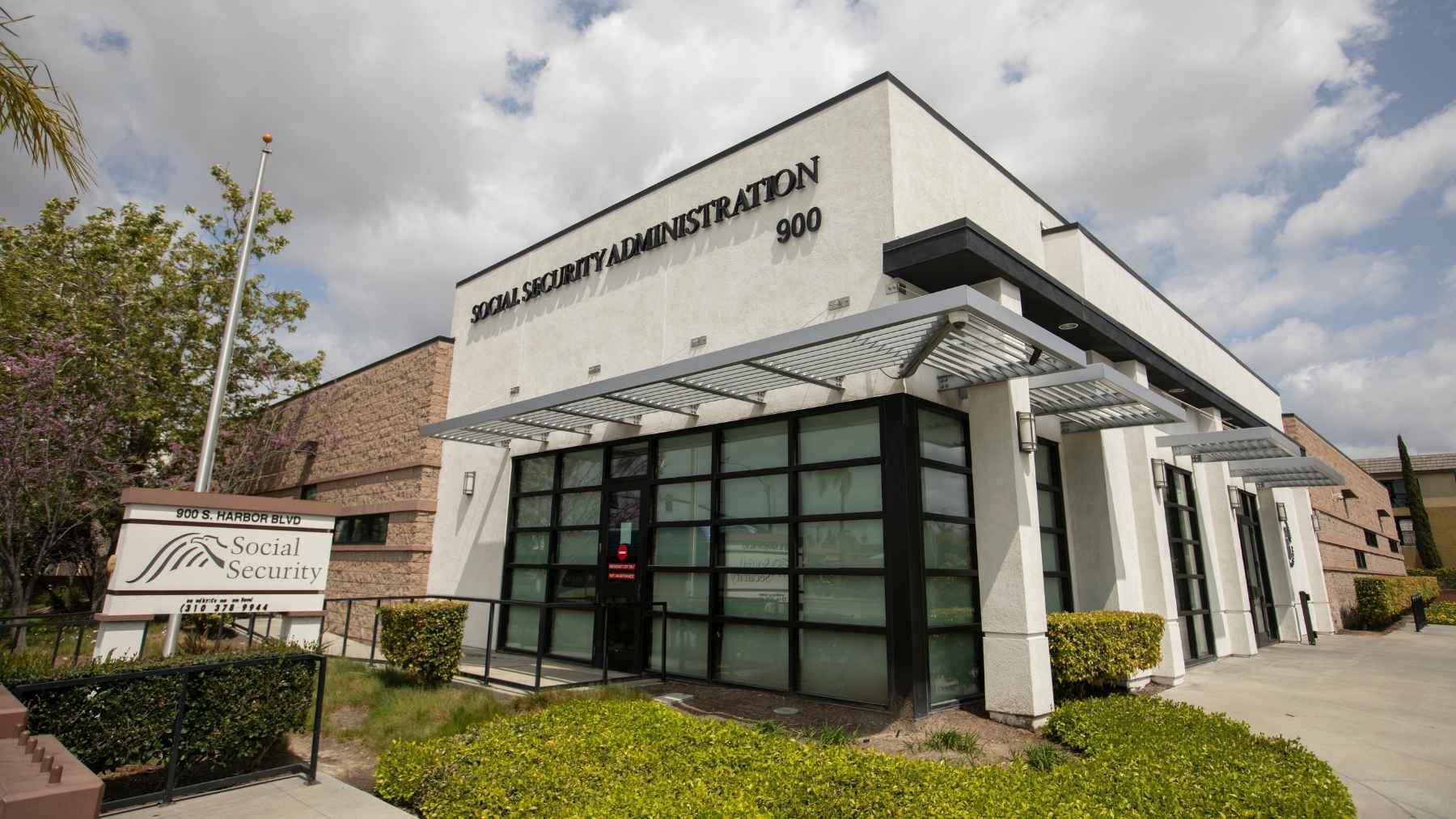The Social Security Administration (SSA) is undergoing many changes but for millions of seniors, these changes are going in a downhill direction.
According to a study from the Centre on Budget and Policy Priorities, 13.5 million seniors now live more than an hour away from their nearest Social Security field office. In 31 states, over a quarter of seniors are in the same boat. And in ten states such as Arkansas, Iowa, and Wyoming, approximately 40% of seniors face a drive of at least an hour just to get to a Social Security office.
Seniors in the following states drive an hour or longer to access an SSA office:
- Arkansas
- Iowa
- Maine
- Mississippi
- Montana
- Nebraska
- North Dakota
- South Dakota
- Vermont
- Wyoming
This isn’t just an inconvenience. For many older Americans, it’s the difference between accessing their benefits or not.
Field Offices Are Disappearing
Earlier this year, a federal body, the Department of Government Efficiency (DOGE) announced it would be closing down a number of SSA offices. Officials mentioned that the goal was to save money by consolidating real estate and streamlining operations. However, this made it difficult for the elderly to access Social Security field offices.
Why the Distance Matters
Even though most Social Security recipients receive their benefits automatically, via direct deposit or a check in the mail, however, when an issue arises, citizens want to solve it at their local Social Security office,
Under new anti-fraud rules, anyone who doesn’t pass an identity verification check must visit an SSA office in person. That change alone is expected to generate nearly 2 million additional trips per year.
But the closures haven’t been matched with better alternatives. Phone lines are notoriously overloaded. Online services are glitchy or hard to navigate, especially for older users. The result? Seniors driving hours just to wait in line.
Alex Beene, a financial literacy instructor at the University of Tennessee at Martin, in summary, told Newseek: “States like Kentucky, Iowa, or Wyoming, places with huge rural populations, are the ones where seniors now have to travel the furthest. And with staffing cuts, those waits will only get longer.”
Staff Cuts, AI, and the Cost of “Efficiency”
While offices close, the SSA is also cutting 7,000 jobs. Officials say they’re shifting to digital tools and artificial intelligence to make things faster and cheaper.
New SSA Commissioner Frank Bisignano defended the strategy: “We should get away from focusing on head count,” he said, “and focus on doing a great job for the public.”
That’s a nice slogan. But for many people, that “head count” is the only thing standing between them and a fixed income with no safety net.
A Growing Political Divide
The office closures are part of a broader effort by the Trump administration to reshape federal agencies under the banner of cutting waste and fraud. According to a White House spokeswoman, Liz Huston, the SSA is now focused on “enhancing customer service” while reducing inefficiencies.
However, seniors across the country are facing challenges such as longer driving times, lesser staff and less access to offices.
What Happens Now?
More closures are expected. More staffing cuts, too. And with nearly 70 million Americans depending on Social Security every month, the stakes couldn’t be higher.
Seniors don’t want AI to handle their benefits. They don’t want to wait on hold for 90 minutes or get locked out of a government website. They want someone to talk to, a real person, at a real desk, in a real office.
It is important that all these factors are taken into consideration when making decisions that affect the public.

